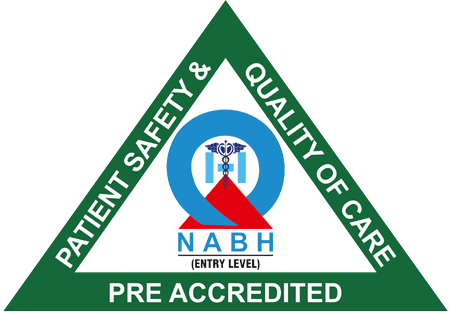Pneumonia is a serious respiratory infection that can lead to complications if left untreated. Symptoms of pneumonia can be debilitating and affect one’s quality of life. However, with proper treatment and care, it is possible to recover from pneumonia. Identifying signs of improvement is crucial in monitoring recovery and avoiding potential complications. In this article, we will discuss the common symptoms of pneumonia, the signs of improvement, and how to monitor your recovery.
Common Symptoms of Pneumonia
Before we dive into the signs of improvement, let’s review the common symptoms of pneumonia. These symptoms can vary depending on the severity of the infection, but the most common ones include:
- High fever
- Coughing
- Shortness of breath
- Chest pain
- Fatigue
- Loss of appetite
- Headache
If you experience any of these symptoms, it is important to seek medical attention promptly. Delaying treatment can lead to more severe symptoms and potential complications.
Signs of Improvement in Pneumonia
Identifying signs of improvement is crucial in monitoring your recovery from pneumonia. Here are the signs to look out for:
- Reduction in fever: A decrease in body temperature can be a sign that the body is responding to treatment and the infection is subsiding.
- Decreased coughing: As the lungs begin to heal, coughing may become less frequent or severe.
- Improved breathing: If a person’s breathing improves, they may be able to take deeper breaths without experiencing shortness of breath.
- Increased energy levels: As the body starts to recover, a person may feel less fatigued and more energetic.
- Better appetite: A returning appetite may indicate that a person’s body is responding positively to treatment.
- Clearer chest X-ray: A follow-up chest X-ray can show improvement in the appearance of the lungs as the infection subsides.
- Decreased chest pain: As inflammation and fluid buildup in the lungs decrease, chest pain may also decrease.
- Lower white blood cell count: A blood test can measure a person’s white blood cell count, which may decrease as the body fights off the infection.
- Reduced need for oxygen therapy: If a person is receiving oxygen therapy to help them breathe, a decrease in the amount of oxygen needed may indicate that their lungs are improving.
- Overall improvement in symptoms: As a person recovers from pneumonia, they may experience a reduction in other symptoms such as headaches, muscle aches, and chills.
Monitoring Your Recovery
To monitor your recovery from pneumonia, it is important to stay in close contact with your healthcare provider. They can advise you on the appropriate course of treatment and follow-up care. In addition, you can keep a journal of your symptoms and improvement. This can help you track your progress and identify any potential setbacks.
Lifestyle changes can also aid in recovery from pneumonia. These include getting plenty of rest, staying hydrated, eating a nutritious diet, and avoiding smoking or exposure to secondhand smoke.
Conclusion
Recovering from pneumonia can be a lengthy process, but identifying signs of improvement is crucial in ensuring a full recovery. If you experience symptoms of pneumonia, seek medical attention promptly. With proper treatment and care, it is possible to recover and return to your normal activities. Remember to monitor your recovery closely and make necessary lifestyle changes to aid in the process. Wishing you a speedy recovery!



